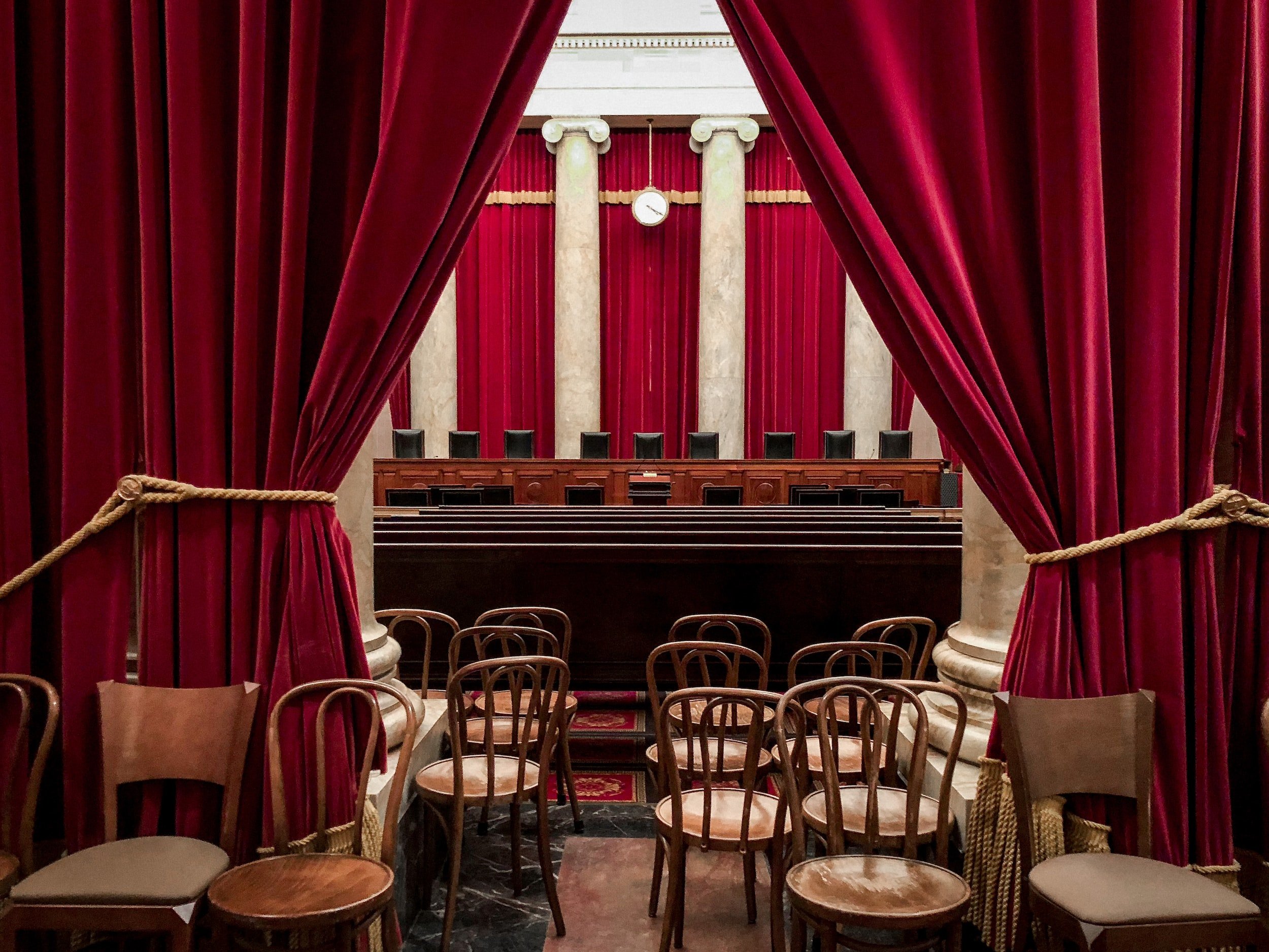Baker v. Carr (1961)
Constitutional Connection
14th Amendment
Baker v. Carr (1961) was a landmark United States Supreme Court case in which the Court held that redistricting qualifies as a justiciable question under the equal protection clause of the Fourteenth Amendment, thus enabling federal courts to hear Fourteenth Amendment-based redistricting cases. This case established the right of federal courts to review redistricting issues, which had previously been termed "political questions" outside the courts' jurisdiction. The Court’s willingness to address legislative reapportionment in this Tennessee case paved the way for the “one man, one vote” standard of American representative democracy.
Key Facts
The early 1900s saw both population increases and rapid urban migration in America. In Tennessee, while people flocked to cities like Memphis, the legislative districts stayed the same. Although more people were voting in urban areas, they still had the same amount of political representation as rural districts with significantly fewer residents. In 1960, roughly two-thirds of Tennessee’s representatives were being elected by one-third of the state’s population. A group of urban voters including Memphis resident Charles Baker sued Tennessee Secretary of State Joseph Carr for more equal representation. In a 6-2 decision, Justice William Brennan wrote for the majority that the Fourteenth Amendment’s Equal Protection Clause was valid grounds to bring a reapportionment lawsuit. This decision opened the floodgates for similar lawsuits that redrew election maps around the country.
“We conclude that the complaint’s allegations of a denial of equal protection present a justifiable constitutional cause of action upon which appellants are entitled to a trial and a decision. The right asserted is within the reach of judicial protection under the Fourteenth
Amendment.”
Big Question
Did the Supreme Court have jurisdiction over questions of legislative apportionment?
Holding
6-2 In an opinion which explored the nature of "political questions" and the appropriateness of Court action in them, the Court held that there were no such questions to be answered in this case and that legislative apportionment was a justiciable issue. In his majority opinion, Justice Brennan provided past examples in which the Court had intervened to correct constitutional violations in matters pertaining to state administration and the officers through whom state affairs are conducted. Brennan concluded that the Fourteenth Amendment equal protection issues which Baker and others raised in this case merited judicial evaluation.
Impact of case
Baker v. Carr (1961) remanded numerous other apportionment cases to lower courts for reconsideration in light of the Baker v. Carr and later, the Reynolds v. Sims (1963) decisions. As a result, virtually every state legislature was reapportioned, ultimately causing the political power in most state legislatures to shift from rural to urban areas.
Connections
By holding that political cases were justiciable, the Supreme Court paved the way for federal courts to hear and decide on claims that electoral districts violated the equal protection clause. Two years later, the U.S. Supreme Court relied on Baker to require that the United States House of Representatives and state legislatures establish electoral districts of equal population in Wesberry v. Sanders and Reynolds v. Sims. Future cases also invoked Baker’s formulation of the political question doctrine, such as Nixon v. United States.
“All persons born or naturalized in the United States, and subject to the jurisdiction thereof, are citizens of the United States and of the State wherein they reside. No State shall make or enforce any law which shall abridge the privileges or immunities of citizens of the United States; nor shall any State deprive any person of life, liberty, or property, without due process of law; nor deny to any person within its jurisdiction the equal protection of the laws.”
Critical Questions
What is the Constitutional basis for the ruling in Baker v. Carr?
What was the most significant consequence of the ruling in Baker v. Carr?
What other landmark cases revolve around the question of redistricting?
How different would the U.S. be without the Baker v. Carr ruling?
Do you think the ruling in Baker v. Carr was a good ruling?
How would you have ruled in Baker v. Carr?
Now draw Baker v. Carr! Take 10 or 20 seconds. That’s all you need. Nothing fancy. Don’t expect a masterpiece. Draw with symbols or stick figures if you wish. Now Look at your drawing. You’ve got it. That’s all.
Get AP exam-ready with diagnostic tests, online review games, test review sheets, practice quizzes, full-length practice exam, and self-guided writing workshops. We'll make studying a breeze.























